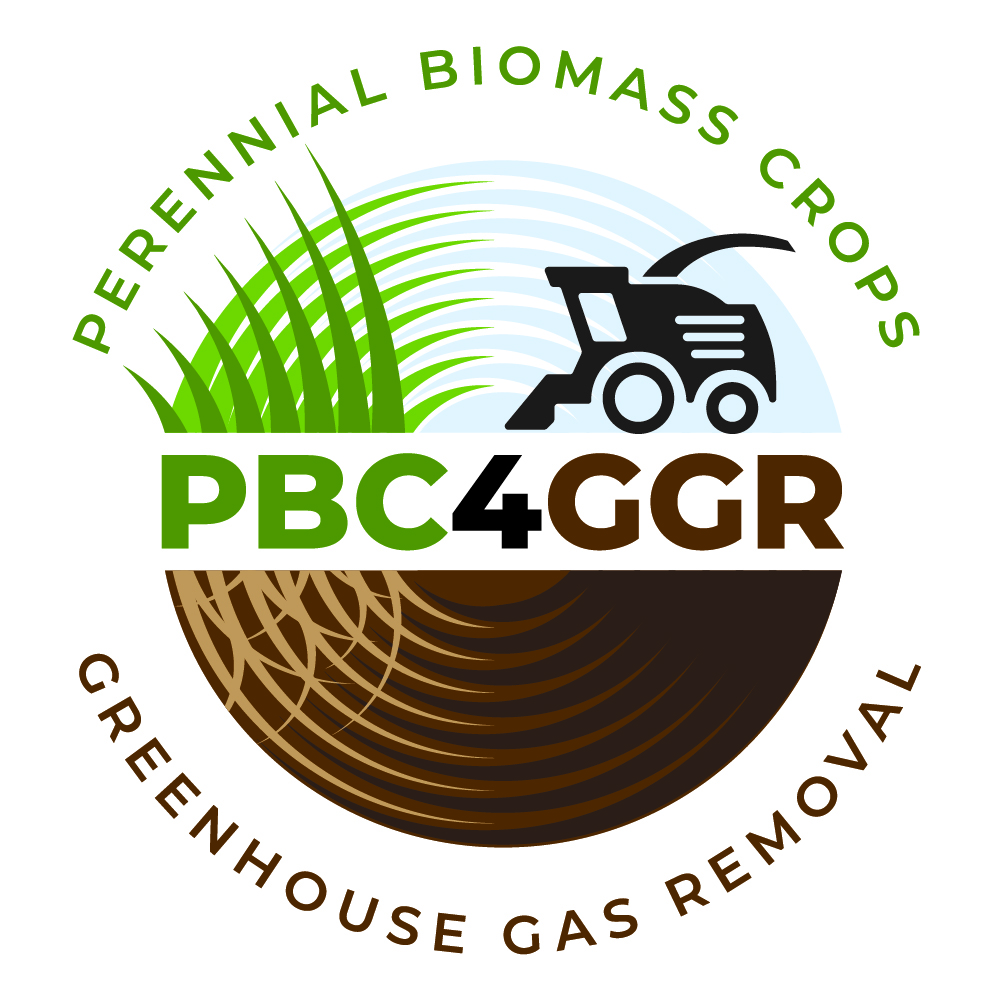Why perennial biomass crops?
Crops such as miscanthus grasses and coppice willow can be grown and then their biomass burnt to generate energy. Because plants capture CO2 as part of photosynthesis, the energy derived from burning them is largely carbon neutral. If the CO2 produced is captured and stored underground, the process is carbon negative. This is known as Bioenergy with Carbon Capture and Storage (BECCS). Because the crops are perennial, they provide a renewable source of biomass and simultaneously sequester carbon into the soil via their roots. The biomass produced has many other potential uses, for example in the construction industry and as a source of high value chemicals.
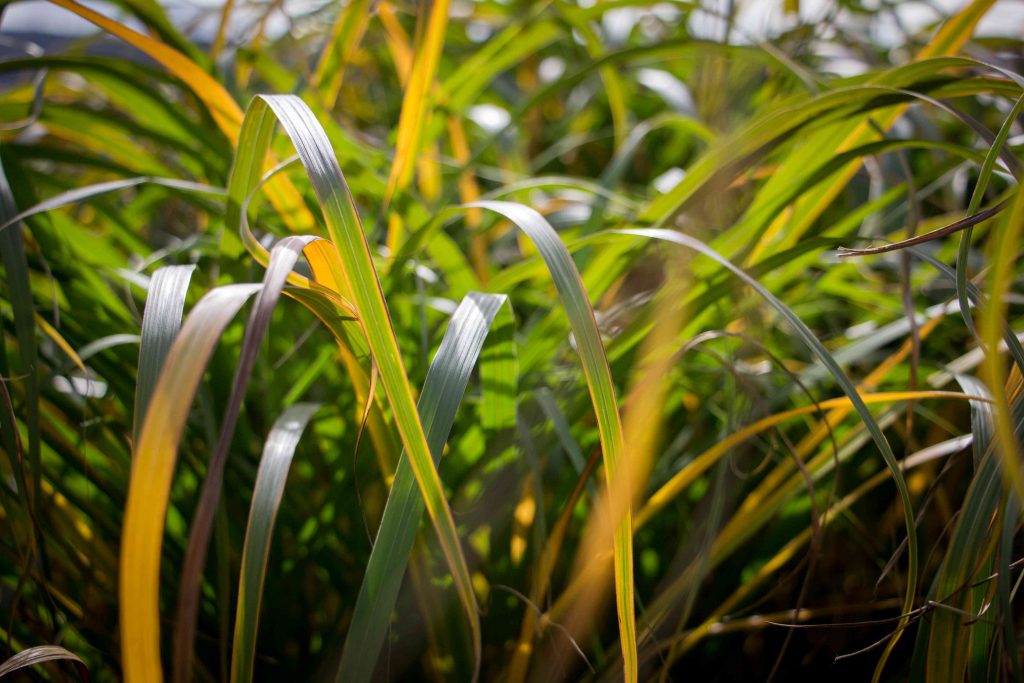
About the PBC4GGR project
The PBC4GGR project is investigating the potential for plants like willow and miscanthus to support BECCS in the UK. It will demonstrate novel establishment techniques that maximise yield whilst minimising greenhouse gas emissions, and provide an up to date quantification of the scope for Greenhouse Gas Removal. The project will establish the conditions required for farmer uptake and wider societal acceptance, and investigate the costs, benefits and trade-offs for biodiversity and ecosystem services. New field trials will be developed – for miscanthus at Bishop Burton College, East Yorkshire and willow at Myerscough College, Lancashire.
Project lead: Professor Iain Donnison, Aberystwyth University.
Contact: Judith Thornton
Research team: Aberystwyth University, UK Centre for Ecology & Hydrology, Rothamsted Research, the Countryside and Community Research Institute and the University of Aberdeen, working with project partners representing key energy crop growers in the UK.
Discover other GGR-D projects…
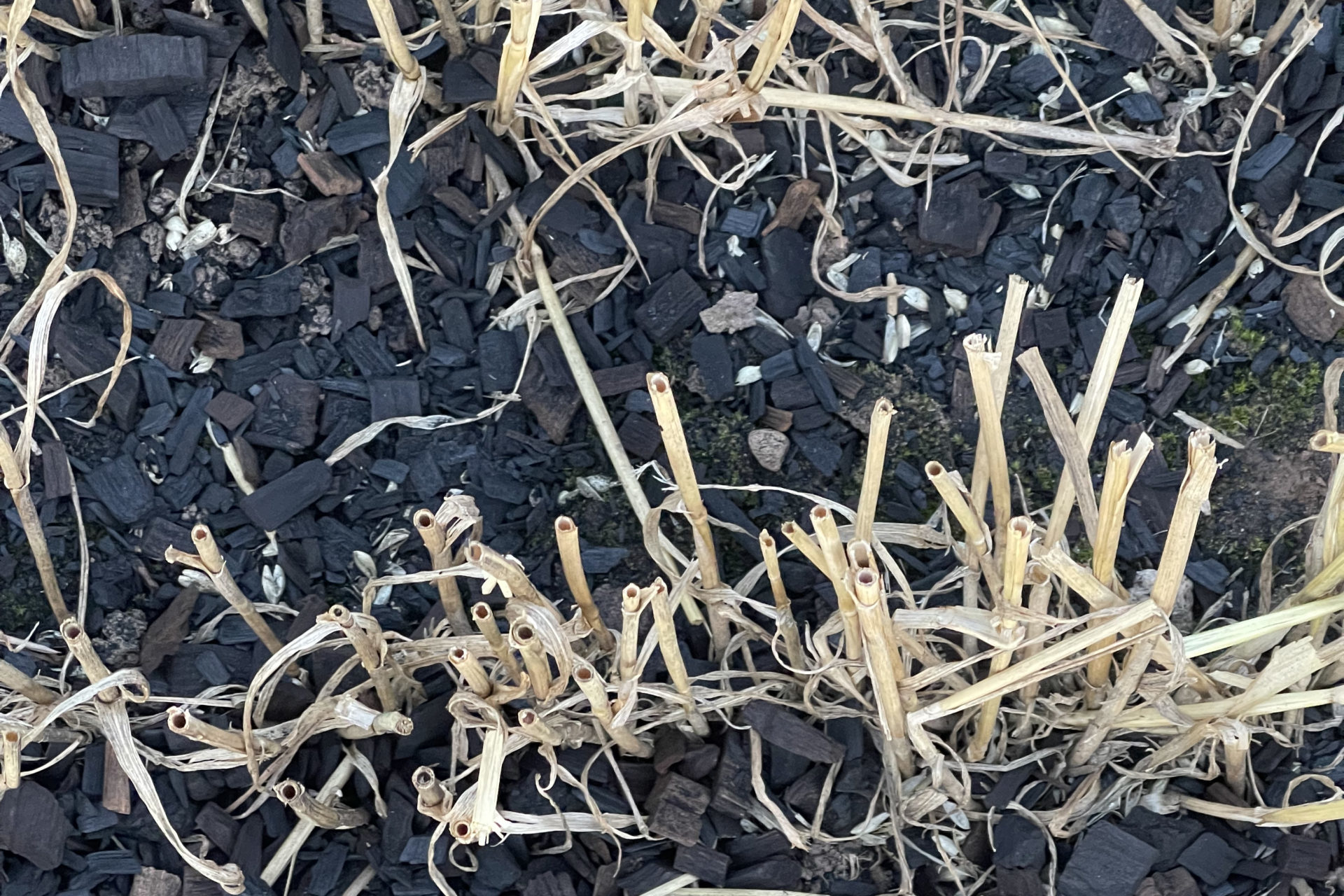

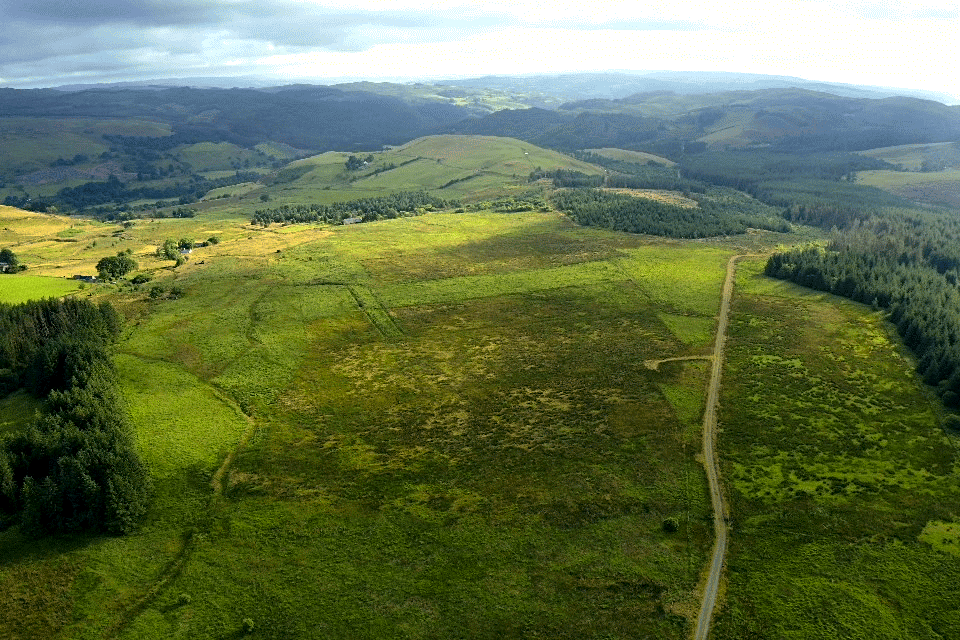
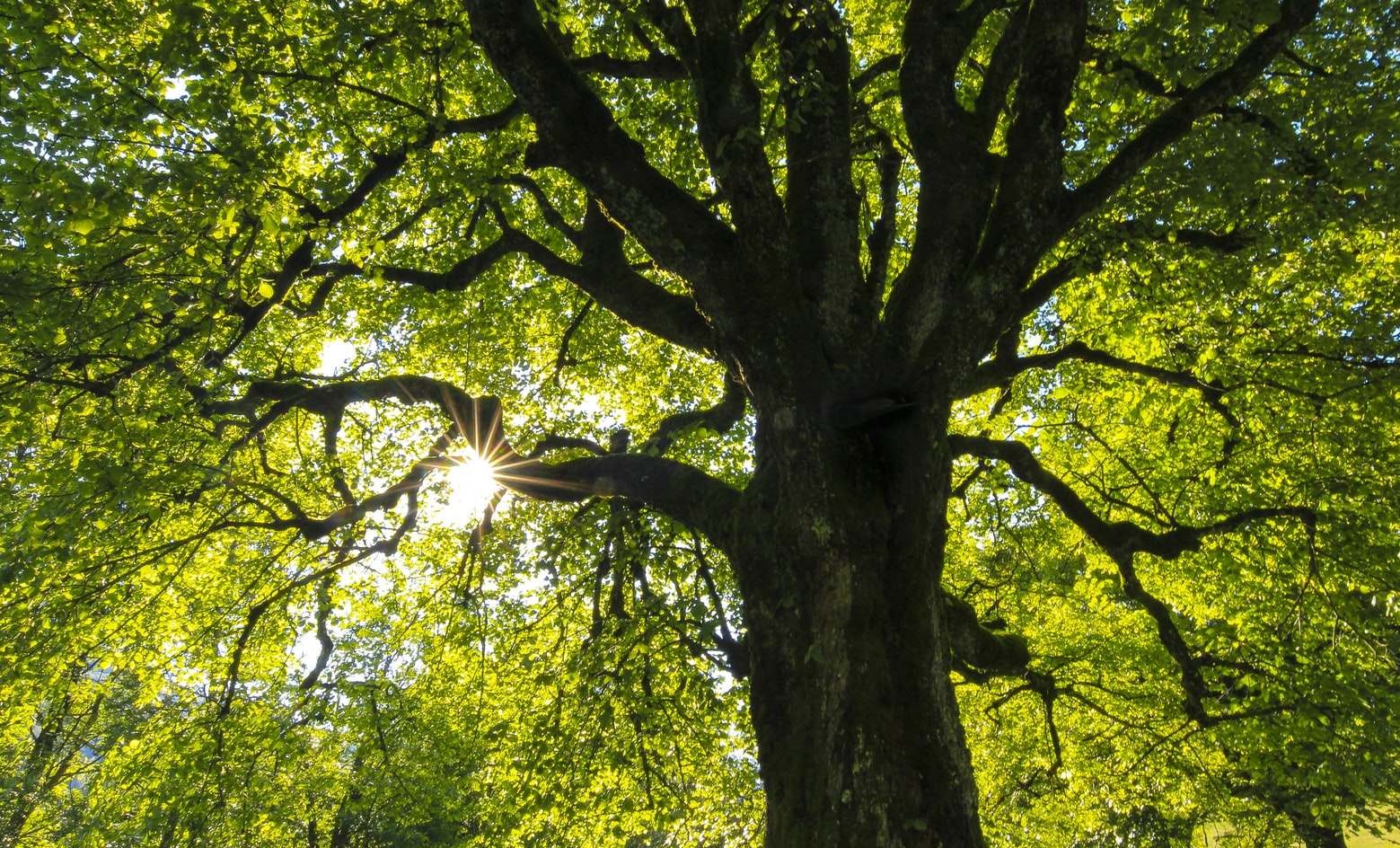
Biochar
The biochar project will address the uncertainties concerning the extent and scope of deployment of biochar, including its stability with respect to carbon sequestration, together with quantifying effects on soil health and ecosystem services, economic viability and social acceptability.
Enhanced rock weathering
The enhanced rock weathering project will explore amending soils with crushed calcium and magnesium rich silicate rocks from waste quarry fines to accelerate natural CO2 sequestration processes.
Peatlands
The peatland (‘GGR-Peat’) project will work with natural processes to restore, and where possible enhance, the environmental conditions that lead to peat formation.
